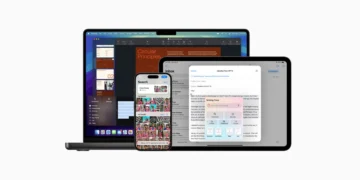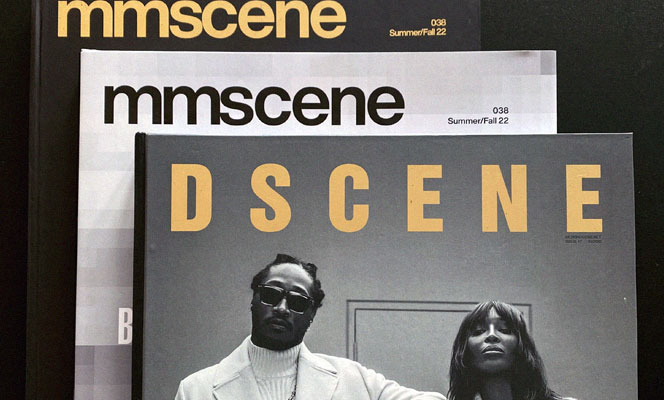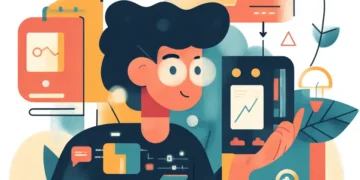
Typography plays a crucial role in design, impacting branding, readability, and artistic expression. Traditionally, font creation has been a complex and time-intensive process, requiring expertise in type design principles, software proficiency, and meticulous attention to detail. However, with the emergence of AI-driven tools, the approach to typography is evolving. These technologies enable users to create fonts more efficiently, making the process more accessible without requiring advanced design skills.
The Evolution of Font Creation Process
Historically, typography was developed through manual techniques such as calligraphy, metal type, and hand-drawn letterforms. The transition to digital tools brought software like Adobe Illustrator and Glyphs, streamlining the process but still demanding precise adjustments to kerning, ligatures, and glyph consistency. Despite these advancements, font creation remained a specialized skill.
With the introduction of AI-powered tools like Creative Fabrica Font Generator, certain aspects of font design have become more accessible to a wider audience. By automating some of the technical intricacies, these tools help maintain typographic consistency while reducing the time required for font development.
How AI-Powered Font Generation Works
AI-powered font generators use machine learning algorithms to analyze and generate fonts based on specific design parameters. These systems take into account fundamental typographic elements, including:
- Ascender – The portion of a lowercase letter that extends above the x-height, as in ‘h’ or ‘b.’
- X-height – The height of lowercase letters (excluding ascenders and descenders), which influences readability.
- Baseline – The imaginary line where most characters sit, ensuring alignment consistency.
- Descender – The part of a letter that extends below the baseline, as seen in ‘g’ or ‘p.’
By understanding and adjusting these elements, AI can generate visually cohesive typefaces that align with traditional typography principles.
Instant Font Creation – A Game Changer
One of the most notable advantages of AI-assisted font generation is speed. Traditional font creation involved manually adjusting each glyph, a process that could take days or weeks. AI significantly reduces this timeframe, producing functional typefaces in seconds. This enables designers to iterate quickly, test multiple variations, and refine their concepts without the lengthy manual adjustments required in conventional workflows.
Customization and Regeneration of Individual Letters
Unlike pre-designed fonts that offer a fixed set of characters, AI-generated fonts often allow for modifications at the glyph level. Users can regenerate individual letters, numbers, or punctuation marks to better match their design vision. This level of flexibility enables further personalization while maintaining overall consistency in the typeface.
Although AI-generated fonts do not always provide manual control over kerning, leading, or spacing, these factors are automatically adjusted to create balanced letterforms. This makes AI-based tools useful for both professionals seeking efficiency and beginners exploring typography.
Previewing and Exporting Fonts
Another key feature of modern font generators is the ability to preview typefaces before finalizing them. This allows users to test fonts at various sizes and against different backgrounds to ensure their readability and aesthetic appeal in different contexts.
Once a font is finalized, it can typically be exported in formats such as TrueType (TTF), ensuring compatibility with various design applications, word processors, and operating systems. This allows custom fonts to be seamlessly integrated across different platforms.
Practical Applications of Generated Fonts
AI-generated fonts are increasingly being used across multiple creative industries, including:
- Graphic Design – Custom typefaces tailored to specific projects, allowing designers to create unique visual identities without relying on pre-existing fonts.
- Branding – Unique typography helps companies establish a distinct and recognizable brand presence, reinforcing brand messaging across different platforms.
- Web Design – Custom fonts enhance aesthetics and readability in digital environments, ensuring consistency across websites and applications.
- Advertising & Marketing – Typography plays a key role in promotional materials, social media graphics, and advertisements, helping brands stand out in a crowded market.
- Personal Projects – Hobbyists and DIY designers can create personalized fonts for invitations, greeting cards, and other creative works, adding a unique touch to their projects.
- Publishing & Editorial Design – AI-generated fonts can be adapted for books, magazines, and newspapers, allowing for better alignment with a publication’s tone and audience.
- Motion Graphics & Video Production – Custom typography can be integrated into animations, film titles, and video content to enhance visual storytelling and branding.
- Game Design – Unique fonts contribute to immersive gaming experiences by matching a game’s theme, whether for futuristic interfaces or fantasy-inspired lettering.
These applications demonstrate the versatility of AI-generated fonts, making typography more accessible and customizable across various creative fields.
Finally, the integration of AI in typography represents a shift in how fonts are created and utilized. By simplifying and accelerating the design process, AI tools offer new possibilities for designers, businesses, and creatives to experiment with custom letterforms more easily. While these tools do not replace traditional typography expertise, they provide an alternative approach that balances efficiency and creative freedom. As AI technology continues to advance, its role in font design will likely expand, influencing the future of both digital and print typography.



















